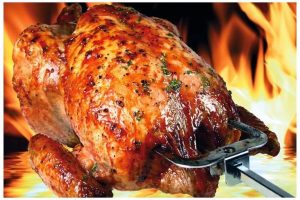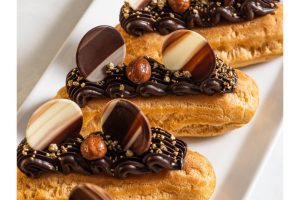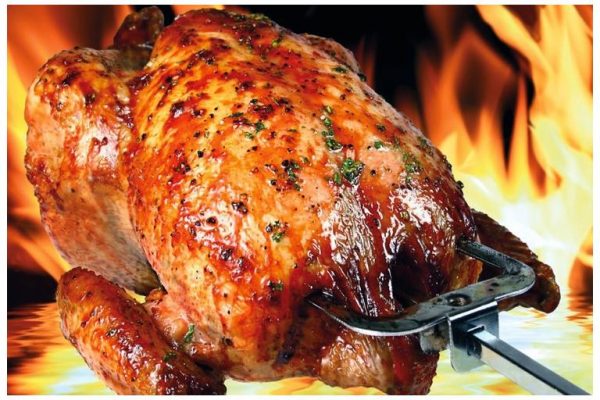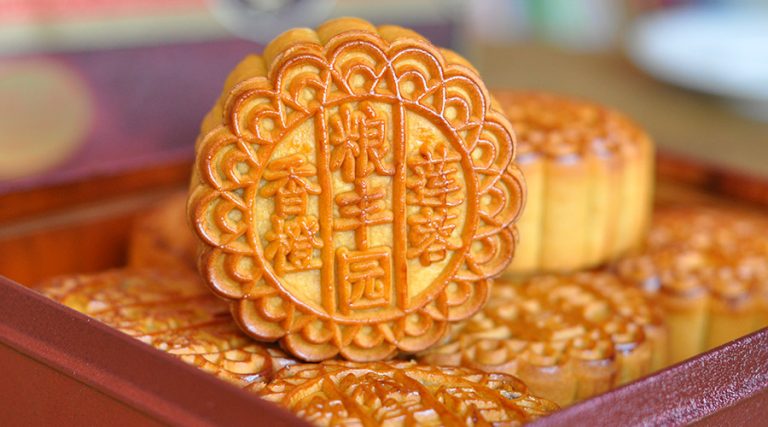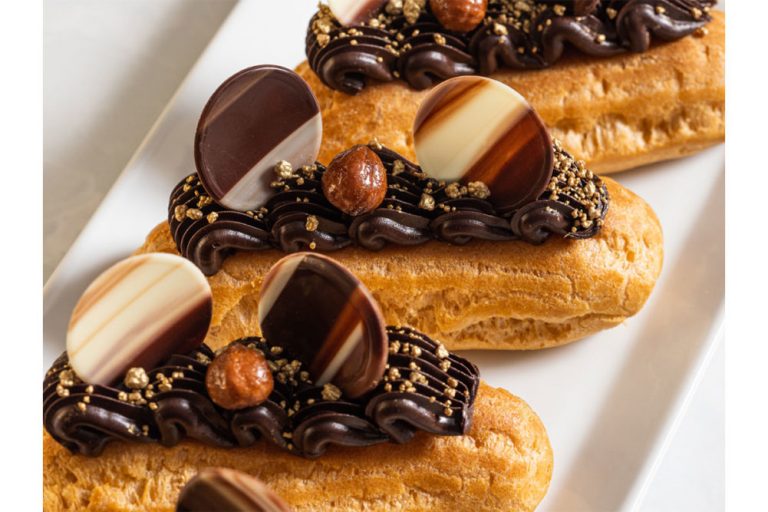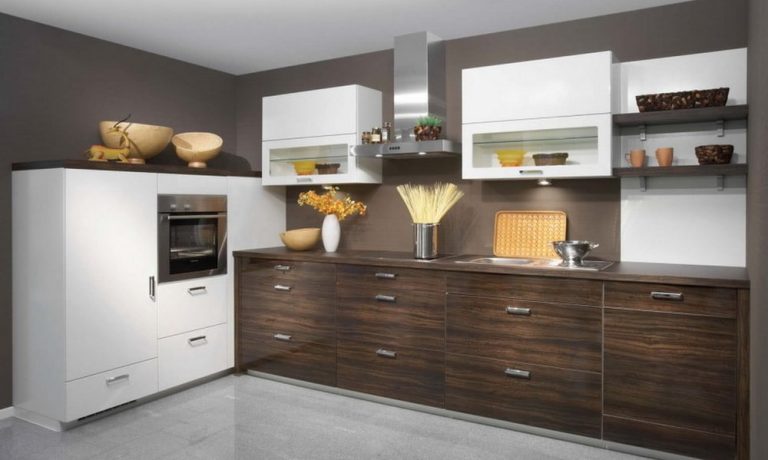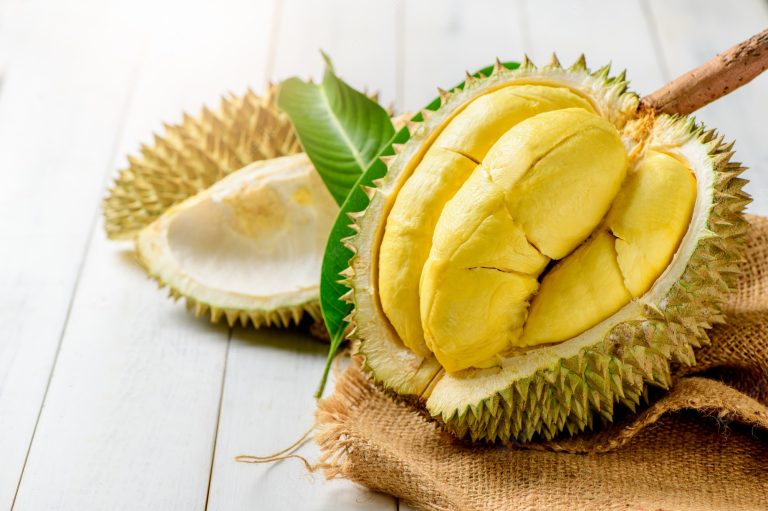Chinese moon cakes, revered for their cultural significance and diverse flavors, are an integral part of the Mid-Autumn Festival celebration. Ensuring the quality and safety of these delicacies requires a comprehensive understanding of their storage requirements and shelf life. This extended case study delves deeper into the intricacies of storing Chinese moon cakes and provides a more detailed analysis of their expiration dates.
Objective:
The primary goal of this case study is to not only identify optimal storage practices for Chinese moon cake but also to understand the factors influencing their shelf life. By examining the impact of various storage conditions on taste, texture, and safety, we aim to provide consumers and manufacturers with practical guidelines for preserving the quality of these traditional treats.
Methodology:
Moon Cake Selection:
- A diverse array of moon cakes, ranging from classic red bean paste-filled cakes to innovative flavors like durian or matcha, were carefully chosen.
- Samples were sourced from reputable manufacturers across different regions to capture the breadth of the market.
Storage Conditions and Packaging:
- Moon cakes were subjected to three primary storage conditions: room temperature (25°C), refrigeration (4°C), and freezing (-18°C).
- Each moon cake was kept in its original packaging, with additional consideration given to the impact of packaging materials on shelf life.

Regular Quality Assessments:
- A trained panel of sensory experts conducted regular taste and texture evaluations at predefined intervals.
- Microbiological tests, including total plate count and mold and yeast counts, were performed to monitor safety.
Expiration Date Determination:
- The study aimed to establish a comprehensive understanding of the factors influencing expiration dates, including changes in sensory attributes and microbial stability.
- Statistical analysis was employed to correlate sensory data with microbial growth and decay patterns.
Results and Discussion:
Room Temperature Storage:
- Moon cakes stored at room temperature exhibited a noticeable decline in texture and taste after the first week.
- Microbial growth increased steadily, impacting safety.
Expiration date: Optimal consumption within 1-2 weeks for both quality and safety.
Refrigerated Storage:
- Refrigeration significantly slowed down the degradation of taste and texture.
- Microbial growth was minimal, contributing to prolonged safety.
- Expiration date: Extended to 3-4 weeks, balancing taste, texture, and safety considerations.
Freezing:
- Freezing emerged as the most effective method for preserving the sensory qualities of moon cakes.
- Minimal microbial activity ensured an extended shelf life.
Expiration date: Moon cakes maintained high quality for up to 3 months in the freezer, with safety considerations remaining intact.
Conclusion:
The study underscores the critical importance of proper storage in maintaining the quality and safety of Chinese moon cake. While refrigeration extends the shelf life significantly, freezing stands out as the most effective method for long-term preservation. Consumers are encouraged to adhere to recommended expiration dates for optimal enjoyment and safety.
Recommendations:
- Incorporate packaging innovations that enhance moisture resistance and protect against external contaminants.
- Manufacturers should provide clear and concise storage instructions on packaging.
- Continuous monitoring of storage conditions in the supply chain to ensure the integrity of the product upon reaching consumers.
Future Research:
Future studies could explore the impact of specific ingredients on shelf life, allowing manufacturers to tailor formulations for extended freshness. Additionally, consumer studies could provide insights into preferences related to the texture and taste of moon cakes, influencing product development and marketing strategies.
Keywords:
Chinese moon cakes, storage conditions, shelf life, expiration dates, sensory evaluation, microbial stability, refrigeration, freezing, packaging innovations.


